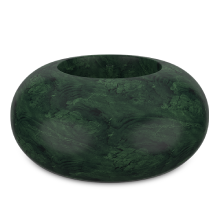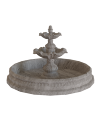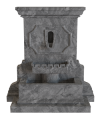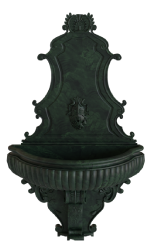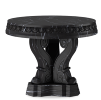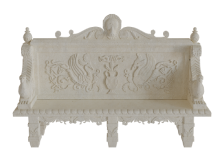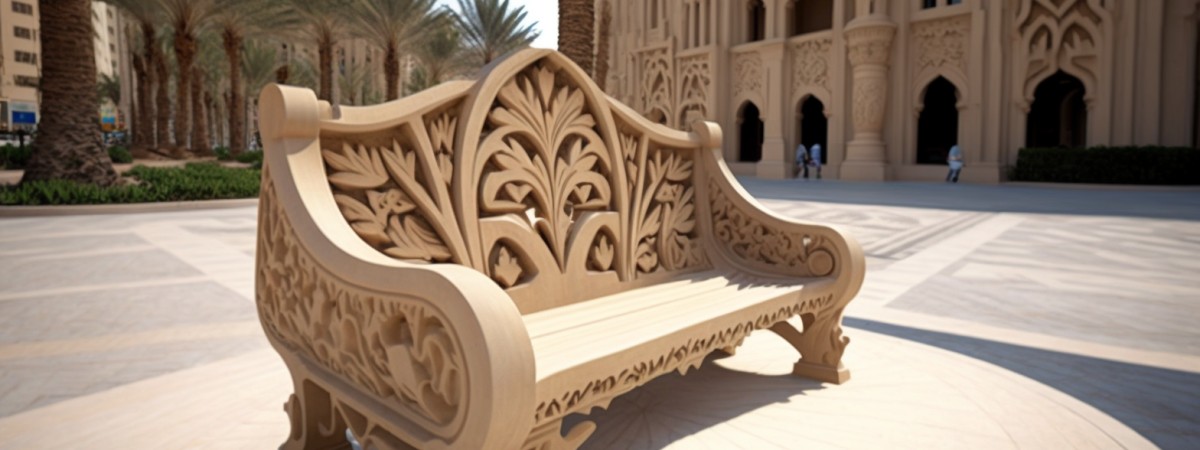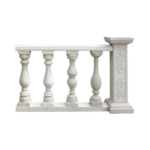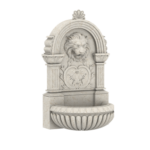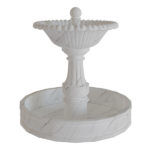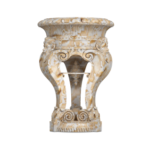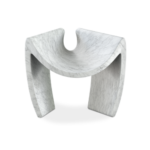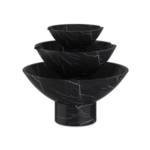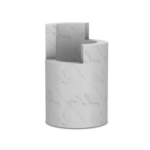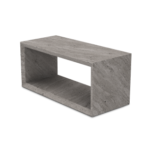June 16, 2023 Author: John Samuel
Designing with Wind Control: A Guide to Designing Public Fountains for Luxury Properties
Designing with Wind Control: A Guide to Designing Public Fountains for Luxury Properties
When designing public fountains for luxury properties such as resorts, palaces, and hotels, multiple considerations should be taken. One of the most important considerations is wind control. In this blog post, we will delve into the importance of wind control in fountain design and provide tips for landscaping architects, designers, and contractors on how to masterfully sculpt a public fountain with regards to wind control.

Why Wind Control is Important in Fountain Design
Wind, as a force, can be a formidable adversary, heavily influencing a fountain’s functionality, visual appeal, and maintenance requirements. Strong winds may cause water to overflow out of the fountain, resulting in water loss and higher maintenance costs. Moreover, wind may disperse water haphazardly, detracting from the aesthetic appeal of the fountain.

Wind can meddle with the distribution of water particles and droplets. It may disperse the water. This may damage adjacent structures, flora, and furniture.

Moreover, wind can affect the auditory and kinetic characteristics of the fountain. Strong winds may elicit a louder sound from the water and cause excessive splashing, a spectacle that could be a source of disturbance for guests and residents. Wind can also interfere with the water’s trajectory, rendering it challenging to achieve the intended flow and pattern.

Designing a Public Fountain with Wind Control
To create a public fountain with wind control, several aspects come into play. These include the location of the fountain, the size and shape of the basin, the type of nozzle and pump, and the incorporation of wind breaks and screens.

Location of the Fountain
The location of the fountain is crucial for wind control. Avoid locating the fountain in a windy area, such as an exposed field, or in proximity to towering structures. Instead, choose a secluded spot such as a courtyard, a verdant expanse, or a protected area.

Size and Shape of the Basin
The size and shape of the basin can significantly impact wind control. A compact basin exposes less water surface to the wind, minimizing water overflows. An elliptical or round basin offers superior wind resistance compared to a square or rectangular one.

Type of Nozzle and Pump
The type of nozzle and pump has a bearing on wind control. Select a nozzle that ensures a uniform water flow, like a laminar flow nozzle, which yields a smooth, unbroken water stream. A pump that provides consistent water flow and pressure can also aid in countering the effects of wind.

Use of Windbreaks and Screens
Windbreaks and screens can be instrumental in controlling the wind’s impact on the fountain. A windbreak, a tangible obstacle like a wall or hedge, can obstruct or redirect the wind. A screen, which is a mesh or fabric construct, can be arranged around the fountain to lessen wind impacts. Both windbreaks and screens can help curtail water overflows and enhance the visual appeal.

Designing a public fountain with wind control is essential for luxury properties such as hotels, resorts, and palaces. By considering the location of the fountain, the size and shape of the basin, the type of nozzle and pump, and the use of windbreaks and screens, landscaping architects, designers, and contractors can create a captivating fountain that marries functionality with aesthetics. Wind control can profoundly impact a fountain’s performance and maintenance needs, making it important to take this factor into account during the design process.




